National
Trudeau’s $9 Million Condo Scandal: Elites Party in New York While Canadians Struggle at Home
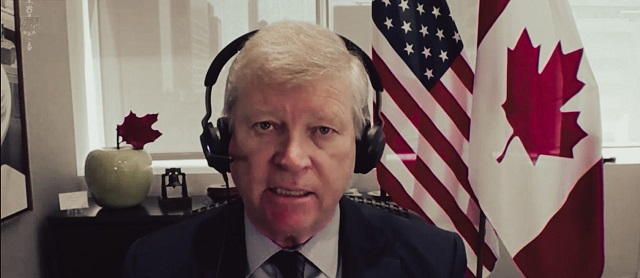
From The Opposition News Network
By Dan Knight
It’s no secret that Justin Trudeau and his Liberal cronies love to live large. But this latest scandal? It’s a new low, even for them. We’re talking about a $9 million luxury condo—yes, you heard that right—on Billionaire’s Row in New York City, bought for a Trudeau-appointed diplomat while millions of Canadians are barely scraping by.
What’s worse? Trudeau himself seems to be right at the heart of this.
Let’s break down the facts that emerged during Meeting No. 137 of the Standing Committee on Government Operations and Estimates (OGGO), and you’ll see exactly how Trudeau’s government, under the watchful eye of his loyal minister Mélanie Jolie, pulled this off.
The Timeline of Trudeau’s Elitist Condo Scheme:
1. February 2023: Tom Clark, a former journalist and long-time friend of the Liberal elites, is appointed by Trudeau’s government as Consul General in New York. A cozy appointment, no doubt, for someone with deep ties to the Liberal establishment.
2. April 27, 2023: The Prime Minister himself—yes, Justin Trudeau—drops by Clark’s old New York residence for a dinner. Imagine the wine flowing and the conversation going, all while the rest of Canada is dealing with a collapsing economy, skyrocketing inflation, and an ongoing housing crisis.
3. April 28, 2023: The very next day, Trudeau and Clark are seen together in a motorcade cruising the streets of New York City. What exactly were they discussing? A new condo perhaps? It’s hard to believe that this kind of luxury real estate plan wasn’t at least mentioned during their cozy ride.
4. Spring/Summer 2023: Global Affairs Canada—overseen by Trudeau’s trusted Minister Jolie—suddenly identifies problems with the old residence. That’s right, just a few months after Trudeau’s visit, the decision is made to start looking for a new, more luxurious residence. Coincidence? Hardly.
5. April 17, 2024: An email from Global Affairs states that Tom Clark was instrumental in giving the green light for the purchase of the $9 million condo. The deal is pushed through, and the taxpayer is stuck with the bill.
6. July 12, 2024: The media finally breaks the story about the purchase of the $9 million luxury condo on Billionaire’s Row, one of the most expensive neighborhoods in New York. Public outrage begins to grow as details about this opulent purchase come to light.
7. July 25, 2024: A bogus correction is issued by Global Affairs, claiming that Tom Clark was not involved in the purchase. Conveniently, this correction comes one day after this very committee ordered documents on Clark’s involvement. Sound fishy? It should.
Clark’s Cozy Deal and Trudeau’s Role
Here’s what we know: Trudeau’s government made a $9 million purchase for Tom Clark, a man with deep ties to the Liberals, shortly after Trudeau himself visited Clark’s old residence. Now, emails show Clark was directly involved in the decision to buy the new place, but when he appeared before the committee, he suddenly couldn’t remember any involvement. Instead, he passed the blame onto Global Affairs Canada.
Now, here’s where it gets worse. Documents show that Clark was instrumental in the decision to buy this opulent residence. Emails from within Minister Mélanie Joly’s own department reveal that Clark himself gave the “green light” on the purchase. But when Clark appeared before the committee, he suddenly had a case of selective amnesia, denying any involvement in the decision. According to him, it was all Global Affairs Canada’s doing. He claims he was just an innocent bystander, touring the property “out of curiosity.”
Are we really supposed to believe that? This is a man who, for decades, worked in media and is well-versed in how power operates. The idea that Clark wasn’t aware of the optics or didn’t say a word when shown this mansion is laughable. What’s even more convenient is that a “correction” from Global Affairs magically appeared one day after the committee requested documents about Clark’s involvement. They want us to believe that all of this is just a coincidence, a bureaucratic hiccup. Sure.
But let’s not forget who runs Global Affairs—none other than Minister Mélanie Jolie, one of Trudeau’s closest allies. Jolie has twice appointed Clark to key roles: once as head of an advisory committee recommending appointments to CBC, and then again as Consul General in New York. And it’s Jolie’s department that now seems to be covering for Clark in this scandal, issuing a correction that conveniently contradicts their own internal emails.
So, who’s responsible? The buck stops with Minister Jolie—and ultimately with Justin Trudeau.
The Real Problem: Trudeau’s Elitism and Out-of-Touch Government
While Tom Clark is now enjoying his luxurious $9 million condo—complete with swimming lanes, golf simulators, and some of the most expensive appliances money can buy—ordinary Canadians are lining up at food banks, barely making rent, and trying to survive in Trudeau’s broken economy.
Let’s break down just how absurd this situation is: for this $9 million palace, Clark pays a laughable $1,800 a month. Meanwhile, the actual cost of living in a place like that? Around $42,000 a month. The difference? You, the Canadian taxpayer, are picking up the tab for Clark’s personal playground while you struggle to pay your bills.
And let’s be clear: Clark wasn’t some innocent bystander in this. He toured the condo, saw the luxury, and didn’t once think to say, “Hey, maybe this is too much, especially when people back home can’t even afford to live.” Why? Because this is the Trudeau mindset. The elites deserve the best, and the rest of us? We can pay for it.
Why Jolie Must Testify
This scandal goes straight to the top. Mélanie Jolie must come before the committee and explain how her department managed to spend $9 million on a condo for one of Trudeau’s buddies. She needs to answer for the emails that say Clark was involved, even though they’re now trying to claim he wasn’t. And, most of all, she needs to explain why this government continues to indulge its inner circle while Canadians suffer.
It’s time for real accountability. Trudeau and his ministers cannot continue to dodge these scandals, pretending like they have no part in the decisions being made. Minister Jolie needs to testify, and the Canadian public deserves answers. After all, you’re the ones paying for it.
This isn’t just about one condo; it’s about a government that’s lost touch with reality, that believes it can spend your money however it likes, with no consequences. The Liberals claim to care about the middle class, but when it comes down to it, they’re more interested in living large—and making sure their friends do too.
Minister Jolie, it’s time to step up and explain why you let this happen. Canadians are watching.
You can subscribe for free to The Opposition with Dan Knight, but for the full experience, you’ll need to upgrade your subscription.
Great Reset
Surgery Denied. Death Approved.

Canada’s assisted-death regime has reached a point most people assumed was dystopian fiction and it’s doing so with bureaucratic calm. A woman in Saskatchewan, Jolene Van Alstine, suffering from a rare but treatable parathyroid disease, has applied for MAiD not because she is dying, but because she can’t access the surgery that would let her live.
Read that again. Not terminal. Not untreatable. Just abandoned by a system that has the audacity to call itself “universal.”
Kelsi Sheren is a reader-supported publication.
To receive new posts and support my work, consider becoming a free or paid subscriber.
Her assisted death is scheduled for January 7, 2026.
And the country shrugs. Van Alstine described spending years curled on a couch, nauseated, in agony, isolated, and pushed past endurance. The disease is brutal, but treatable a surgery here, a specialist there. The kind of medical intervention that in a functional system wouldn’t even make the news.
But in Saskatchewan? There are no endocrinologists accepting new patients. Without one, she can’t get referred. Without a referral, she can’t get surgery. Without surgery, she loses her life either slowly through suffering, or quickly through state-sanctioned death.
If you’ve ever lived through pain that warps time…
If you’ve ever had your mind hijacked by trauma…
If you’ve ever stared down suffering with no end in sight…
You know how thin the line can get between endurance and surrender.
And that’s why this story hits differently: it reveals how fragile people become when the system meant to protect them becomes an accomplice in their despair.
Canada frames MAiD as empowerment. As compassion. As choice.
But choice is only real when the alternatives are viable.
If your options are slow agony or assisted death, that’s not autonomy it’s coercion with a friendly tone.
Disability advocates, chronic-pain patients, the elderly, and low-income Canadians have been sounding the alarm for years: MAiD is expanding faster than support systems can catch up. Every expansion widens the chasm between the rhetoric of compassion and the lived experience of those who actually need help.
The Canadian Human Rights Commission itself warned that MAiD is being accessed because people cannot get the services required to live with dignity. And dignity matters. Anyone who has lived on the edge knows this: humans don’t just need survival, we need a reason to keep surviving.
When the healthcare system withholds that, death can look like mercy. This is the part polite society doesn’t want to confront.
Canada’s healthcare system is collapsing. Not strained. Not overburdened. Collapsing.
We have a growing list of citizens choosing death because medicine has become a lottery →
• a quadriplegic woman who applied for MAiD because she couldn’t secure basic home-care support
• veterans offered MAiD instead of trauma treatment
• homeless Canadians considering MAiD because they can’t survive winter
And now a woman denied a simple, lifesaving surgery.
At some point, we have to call this what it is: a nation outsourcing its failures to death. I’ve sat with veterans who couldn’t find themselves inside their own minds after war. I’ve watched people suffer silently because bureaucracy didn’t move fast enough to keep up with their pain.
I’ve coached clients who were one dropped ball, one missed appointment, one shut door away from losing the will to fight.
The lesson is the same every time. People don’t break because they’re weak. People break because they’re left alone with their suffering.
Van Alstine wasn’t offered community.
She wasn’t offered care.
She was offered an exit.
And she took it.
Not because she wanted to die but because Canada didn’t give her any path to live.
We need to stop pretending this is compassionate. Compassion is presence. Compassion is support. Compassion is a surgeon who actually exists, a referral that actually happens, a system that catches someone before they fall into the dark.
If MAiD is going to exist, it must be the last, quiet, grave option not the discounted aisle Canada sends you to when the cost of real care is too high.
A society reveals its soul by how it treats the people who can’t fight for themselves.
Right now, Canada is revealing something hollow.
People will debate the ethics of assisted dying forever. Fine. Debate it. But this is the wrong battleground. The real question is this →
What does it say about a country when death is easier to access than medical care?
Until Canada answers that honestly, we’re going to see more names on the calendar scheduled deaths, stamped and approved — for people who didn’t want to die. They just wanted someone to give them a chance to live.
Canada has failed every single citizen, and not a single person seems to care.
KELSI SHEREN
– – – – – – – – – – – –
SOURCE: https://righttolife.org.uk/
– – – – – – – – – – – –
One Time Donation! – Paypal – https://paypal.me/
Buy me a coffee! – https://buymeacoffee.com/
Let’s connect!
Youtube – https://www.youtube.com/@
Substack: https://substack.com/@
TikTok – https://x.com/KelsiBurns
Economy
Affordable housing out of reach everywhere in Canada

From the Fraser Institute
By Steven Globerman, Joel Emes and Austin Thompson
According to our new study, in 2023 (the latest year of comparable data), typical homes on the market were unaffordable for families earning the local median income in every major Canadian city
The dream of homeownership is alive, but not well. Nearly nine in ten young Canadians (aged 18-29) aspire to own a home—but share a similar worry about the current state of housing in Canada.
Of course, those worries are justified. According to our new study, in 2023 (the latest year of comparable data), typical homes on the market were unaffordable for families earning the local median income in every major Canadian city. It’s not just Vancouver and Toronto—housing affordability has eroded nationwide.
Aspiring homeowners face two distinct challenges—saving enough for a downpayment and keeping up with mortgage payments. Both have become harder in recent years.
For example, in 2014, across 36 of Canada’s largest cities, a 20 per cent downpayment for a typical home—detached house, townhouse, condo—cost the equivalent of 14.1 months (on average) of after-tax income for families earning the median income. By 2023, that figure had grown to 22.0 months—a 56 per cent increase. During the same period for those same families, a mortgage payment for a typical home increased (as a share of after-tax incomes) from 29.9 per cent to 56.6 per cent.
No major city has been spared. Between 2014 and 2023, the price of a typical home rose faster than the growth of median after-tax family income in 32 out of 36 of Canada’s largest cities. And in all 36 cities, the monthly mortgage payment on a typical home grew (again, as a share of median after-tax family income), reflecting rising house prices and higher mortgage rates.
While the housing affordability crisis is national in scope, the challenge differs between cities.
In 2023, a median-income-earning family in Fredericton, the most affordable large city for homeownership in Canada, had save the equivalent of 10.6 months of after-tax income ($56,240) for a 20 per cent downpayment on a typical home—and the monthly mortgage payment ($1,445) required 27.2 per cent of that family’s after-tax income. Meanwhile, a median-income-earning family in Vancouver, Canada’s least affordable city, had to spend the equivalent of 43.7 months of after-tax income ($235,520) for a 20 per cent downpayment on a typical home with a monthly mortgage ($6,052) that required 112.3 per cent of its after-tax income—a financial impossibility unless the family could rely on support from family or friends.
The financial barriers to homeownership are clearly greater in Vancouver. But, crucially, neither city is truly “affordable.” In Fredericton and Vancouver, as in every other major Canadian city, buying a typical home with the median income produces a debt burden beyond what’s advisable. Recent house price declines in cities such as Vancouver and Toronto have provided some relief, but homeownership remains far beyond the reach of many families—and a sharp slowdown in homebuilding threatens to limit further gains in affordability.
For families priced out of homeownership, renting doesn’t offer much relief, as rent affordability has also declined in nearly every city. In 2014, rental rates for the median-priced rental unit required 19.8 per cent of median after-tax family income, on average across major cities. By 2023, that figure had risen to 23.5 per cent. And in the least affordable cities for renters, Toronto and Vancouver, a median-priced rental required more than 30 per cent of median after-tax family income. That’s a heavy burden for Canada’s renters who typically earn less than homeowners. It’s also an added financial barrier to homeownership— many Canadian families rent for years before buying their first home, and higher rents make it harder to save for a downpayment.
In light of these realities, Canadians should ask—why have house prices and rental rates outpaced income growth?
Poor public policy has played a key role. Local regulations, lengthy municipal approval processes, and costly taxes and fees all combine to hinder housing development. And the federal government allowed a historic surge in immigration that greatly outpaced new home construction. It’s simple supply and demand—when more people chase a limited (and restricted) supply of homes, prices rise. Meanwhile, after-tax incomes aren’t keeping pace, as government policies that discourage investment and economic growth also discourage wage growth.
Canadians still want to own homes, but a decade of deteriorating affordability has made that a distant prospect for many families. Reversing the trend will require accelerated homebuilding, better-paced immigration and policies that grow wages while limiting tax bills for Canadians—changes governments routinely promise but rarely deliver.
-

 Automotive2 days ago
Automotive2 days agoTrump Deals Biden’s EV Dreams A Death Blow
-
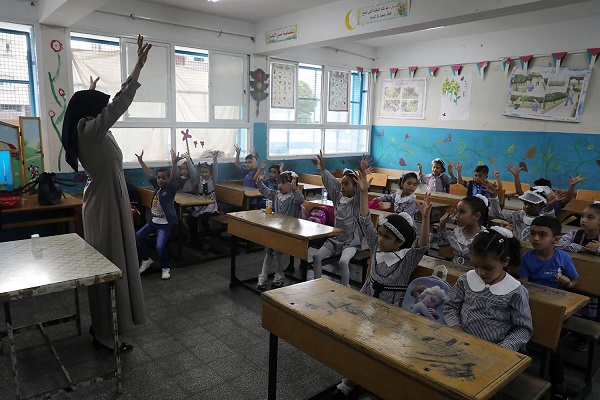
 Business2 days ago
Business2 days agoWhy Does Canada “Lead” the World in Funding Racist Indoctrination?
-

 Business1 day ago
Business1 day agoLoblaws Owes Canadians Up to $500 Million in “Secret” Bread Cash
-
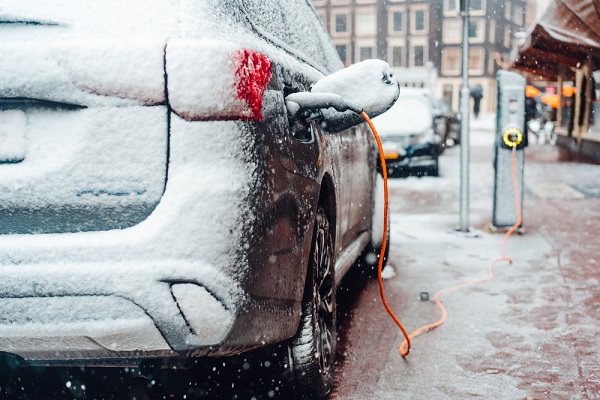
 Automotive2 days ago
Automotive2 days agoCanada’s EV Mandate Is Running On Empty
-

 Dan McTeague1 day ago
Dan McTeague1 day agoWill this deal actually build a pipeline in Canada?
-
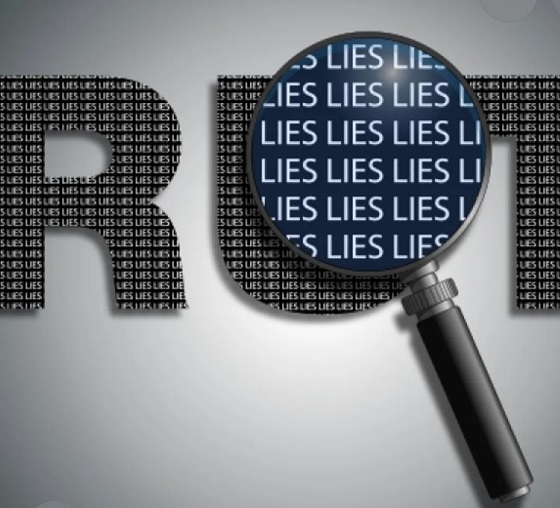
 Media1 day ago
Media1 day agoThey know they are lying, we know they are lying and they know we know but the lies continue
-
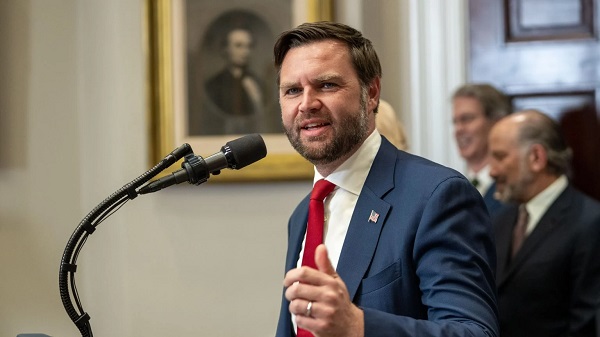
 Censorship Industrial Complex1 day ago
Censorship Industrial Complex1 day agoUS Condemns EU Censorship Pressure, Defends X
-

 Banks1 day ago
Banks1 day agoTo increase competition in Canadian banking, mandate and mindset of bank regulators must change








